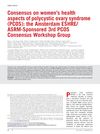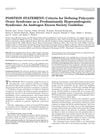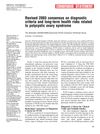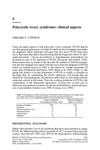Polycystic Ovarian Syndrome: Prevalence and Impact on the Wellbeing of Australian Women Aged 16-29 Years
October 2017
in “
Australian & New Zealand Journal of Obstetrics & Gynaecology
”
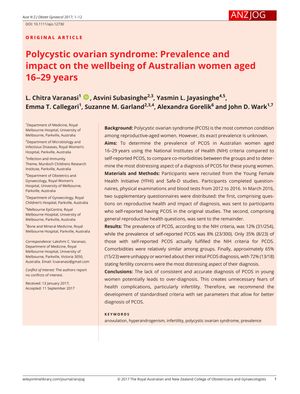
TLDR Many young Australian women think they have PCOS, but only a few are diagnosed correctly, causing unnecessary worry.
The study investigated the prevalence of Polycystic Ovarian Syndrome (PCOS) in a sample of Australian women aged 16-29 and its impact on their wellbeing. It found a 12% prevalence rate using the National Institutes of Health (NIH) criteria, with a discrepancy between self-reported PCOS (8%) and NIH criteria diagnosis (12%). The study revealed that only 35% of self-reported cases were confirmed by NIH criteria, indicating potential over-diagnosis and the resulting unnecessary stress, particularly concerning fertility issues. The research, which included 254 participants for NIH criteria prevalence and 300 for self-reported prevalence, highlighted the need for standardized diagnostic criteria and better education on PCOS to prevent undue anxiety.
